
8 Signs Your Oxygen Levels Might Be Too Low
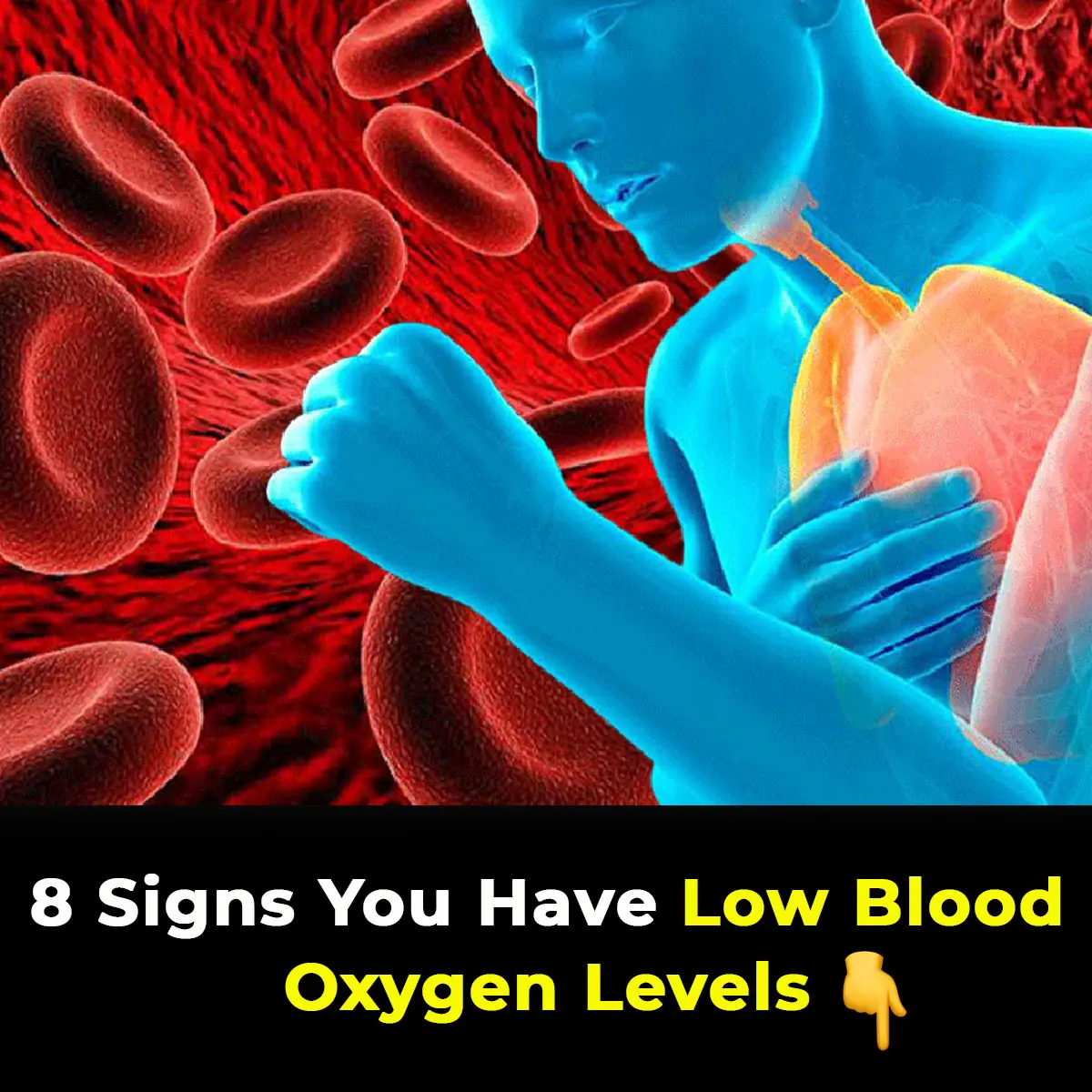
Oxygen is vital for life. Each time you breathe in, your lungs take in oxygen and deliver it to your bloodstream, where red blood cells transport it to your organs and tissues. However, when oxygen levels drop, it can lead to severe health problems, particularly in vital organs like the heart, brain, and liver.
What Causes Low Blood Oxygen, and How Can You Identify the Signs?
Causes of Low Blood Oxygen:
-
Chronic Respiratory Conditions: Conditions such as asthma, bronchitis, pneumonia, COPD, and emphysema reduce lung function, making it harder for the body to absorb oxygen.
-
Smoking: Tobacco smoke interferes with hemoglobin's ability to carry oxygen, which reduces the oxygen available in your body.
-
Stress & Anxiety: High levels of cortisol can cause rapid breathing or hyperventilation, upsetting your body’s oxygen-carbon dioxide balance.
-
Sleep Apnea: Interrupted breathing during sleep decreases oxygen intake at night, leading to lower levels in the morning.
-
High Sugar Intake: Diets high in refined carbs can increase blood acidity, which impedes oxygen delivery.
-
Vitamin and Mineral Deficiencies: Lack of essential nutrients like iron, vitamins B12, B1, C, D, E, or zinc can lead to anemia, reducing the body's oxygen transport capabilities.
8 Common Signs of Low Oxygen Levels
-
Shortness of Breath (Dyspnea): Difficulty breathing, chest tightness, or frequent sighing may signal insufficient oxygen intake.
-
Dizziness or Weakness: Feeling lightheaded, fatigued, or weak could indicate poor oxygen supply to the brain and muscles.
-
Rapid Heartbeat (Tachycardia): A resting heart rate above 100 beats per minute, or an irregular rhythm, could mean your heart is working harder to compensate for low oxygen.
-
Muscle Pain or Cramping: Low oxygen can lead to cramps or chest discomfort (angina), which may improve with better intake of electrolytes and vitamins.
-
Heavy, Fatigued Legs: Difficulty climbing stairs or walking uphill may point to poor circulation, often due to vitamin C and E deficiencies.
-
Brittle or Pale Nails: Weak nails with ridges may indicate anemia, which disrupts oxygen flow in the blood.
-
Bluish Skin or Lips (Cyanosis): A blue tint to your lips or skin is a serious sign of dangerously low oxygen and requires immediate medical attention.
-
Brain Fog or Confusion: Mental fatigue, irritability, and trouble concentrating can occur when the brain doesn't get enough oxygen, especially with vitamin B1 deficiency or high sugar intake.
6 Effective Ways to Improve Oxygen Levels
-
Eat Iron-Rich Animal Products: Include heme iron sources like seafood, fatty fish, liver, and grass-fed beef in your diet to support red blood cell production and oxygen delivery. These foods also provide vitamin B12.
-
Reduce Refined Carbs: Limit sugary foods, sodas, and processed items like white bread and pastries. These increase blood acidity and lower antioxidant levels, affecting oxygen circulation.
-
Add Vitamin E–Rich Foods: Include sunflower seeds, avocados, olive oil, hazelnuts, and leafy greens to support heart health and improve circulation.
-
Spend More Time Outdoors: Taking daily walks in natural environments helps you inhale fresher air and benefits your lungs and heart through plant-released compounds.
-
Stay Hydrated & Eat Antioxidant-Rich Berries: Drink at least one liter of mineral water daily. Add antioxidant-packed berries like blueberries, strawberries, or acai to your diet, or enjoy a hydrating berry drink with a pinch of sea salt and sparkling water.
-
Practice Deep Breathing: Try diaphragmatic breathing: place one hand on your belly and the other on your chest. Breathe in for 4 seconds through your nose, expanding your belly, then exhale slowly for 6 seconds. This helps oxygenate your body and reduce stress.
Final Thoughts
If you notice multiple symptoms from this list, it's essential to consult a medical professional. A pulse oximeter can quickly measure your oxygen levels, and anything below 92% should be addressed immediately. By making simple yet effective lifestyle changes, you can enhance oxygen circulation and better safeguard your long-term health.
News in the same category


15 Early Warning Signs That Cancer Is Spreading In Your Body
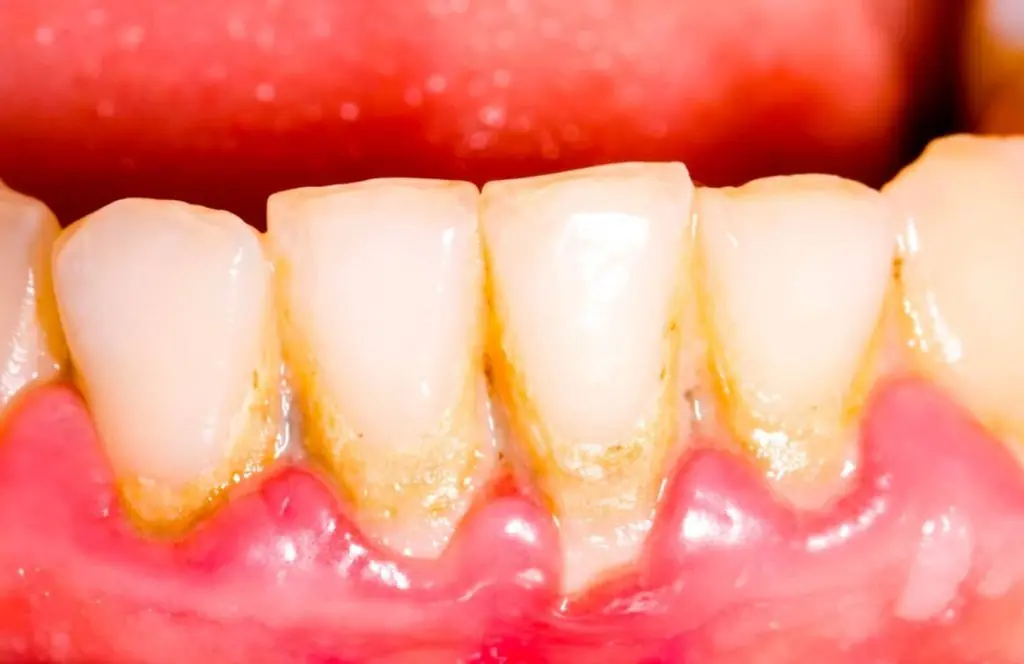
Natural Ways to Remove Dental Plaque That Are Never Shared in Clinics

Chagas Disease and the Fight Against Nighttime Bugs

Scientists Share Breakthrough Findings From Male Birth Control Pill Trial And Explain How It Actually Works
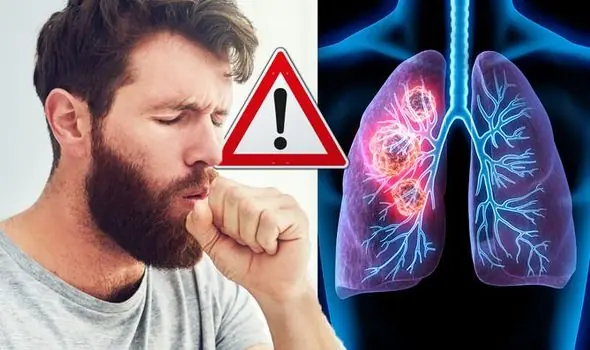
7 Warning Signs of Lung Cancer You Shouldn’t Ignore
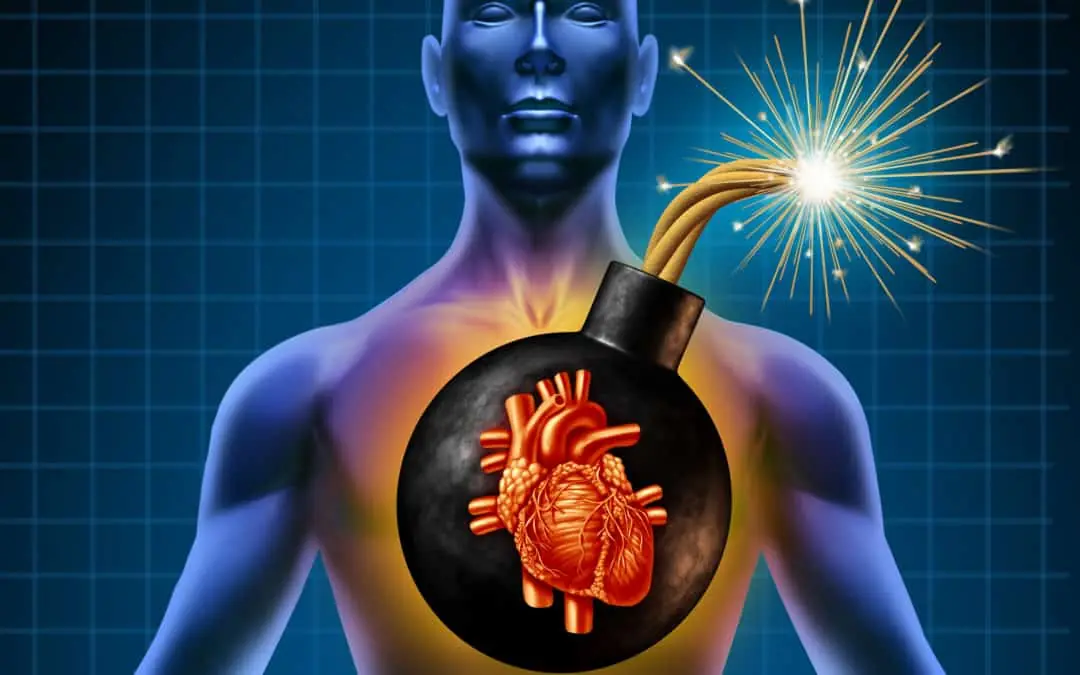
80% of Heart Attacks Can Be Prevented—Just Do These 5 Easy Things
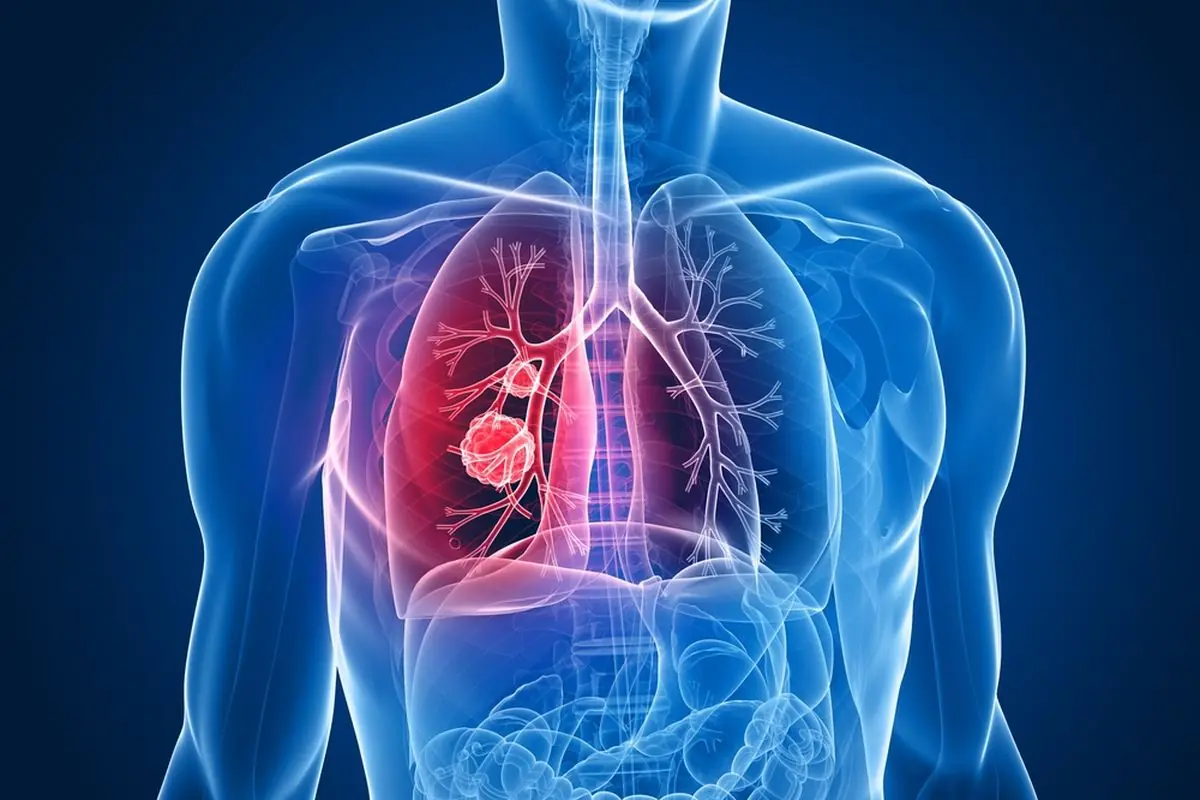
Vaping Dangers: Popcorn Lung, Cancer, Hypertension, Brain Damage and More

Warning Signs of Zinc Deficiency and How to Cure It
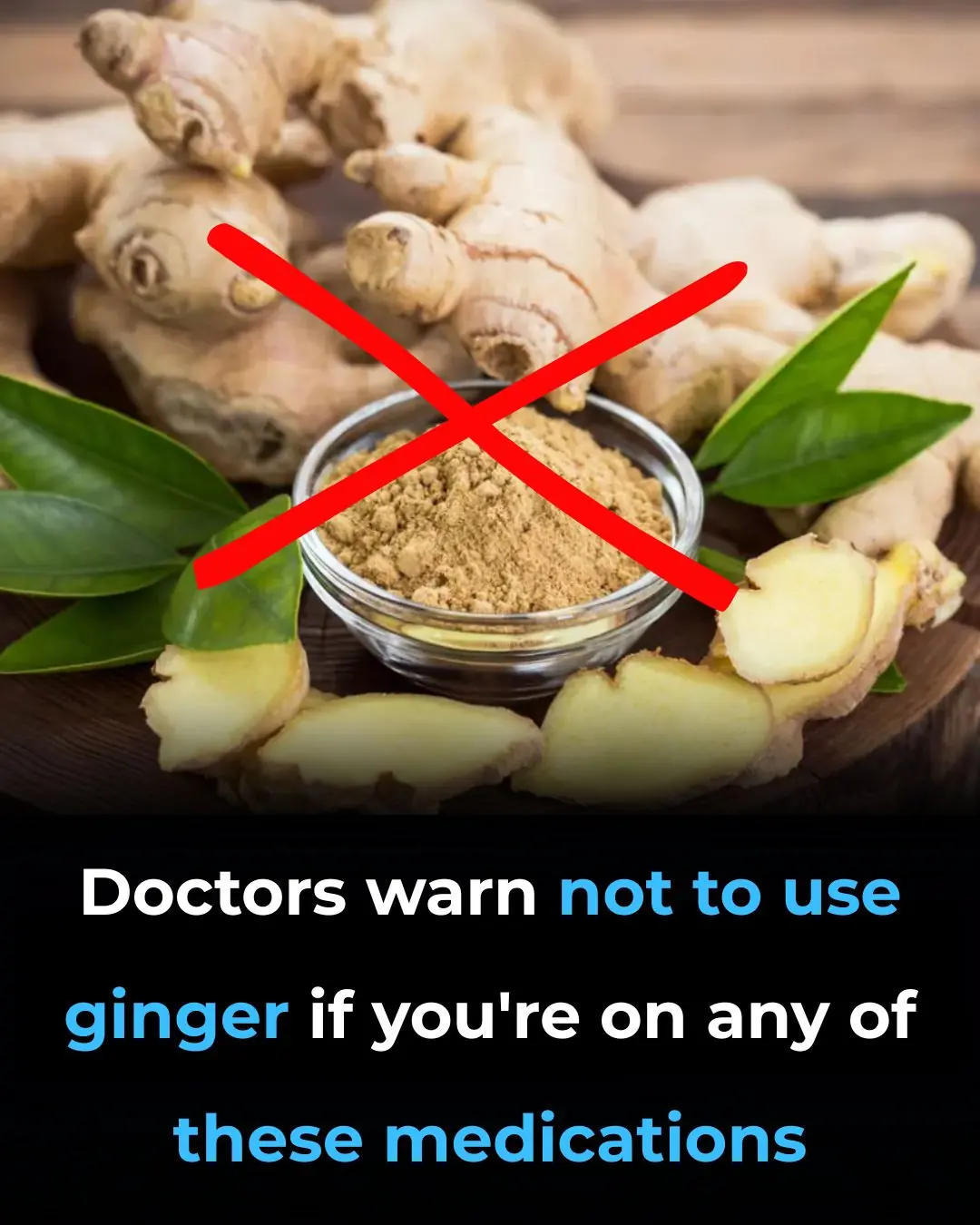
Ginger Should Be Avoided When Taking Certain Medications or Having Certain Health Conditions

Is It Safe to Wear Underwear Two Days in a Row? Experts Weigh In

Just one spoon and you’ll run to the bathroom

Cinnamon and Honey: The Most Powerful Remedy Even Doctors Can’t Explain

Why Does the Vag.ina Smell Sour? 4 Real Reasons Every Woman Should Know

Experts Uncover the Worst Sleep Position for Your Body—And Most People Still Use It!
Your sleeping habits - especially your position - can either restore or undermine your health.

Doctor Issues Your Beloved Air Fryers May Pose Cancer Risk — Urges People To Stop Using Them
Dr. Desai’s statement has stirred up intense debate online. Some viewers applauded her for raising awareness, while others remained skeptical.
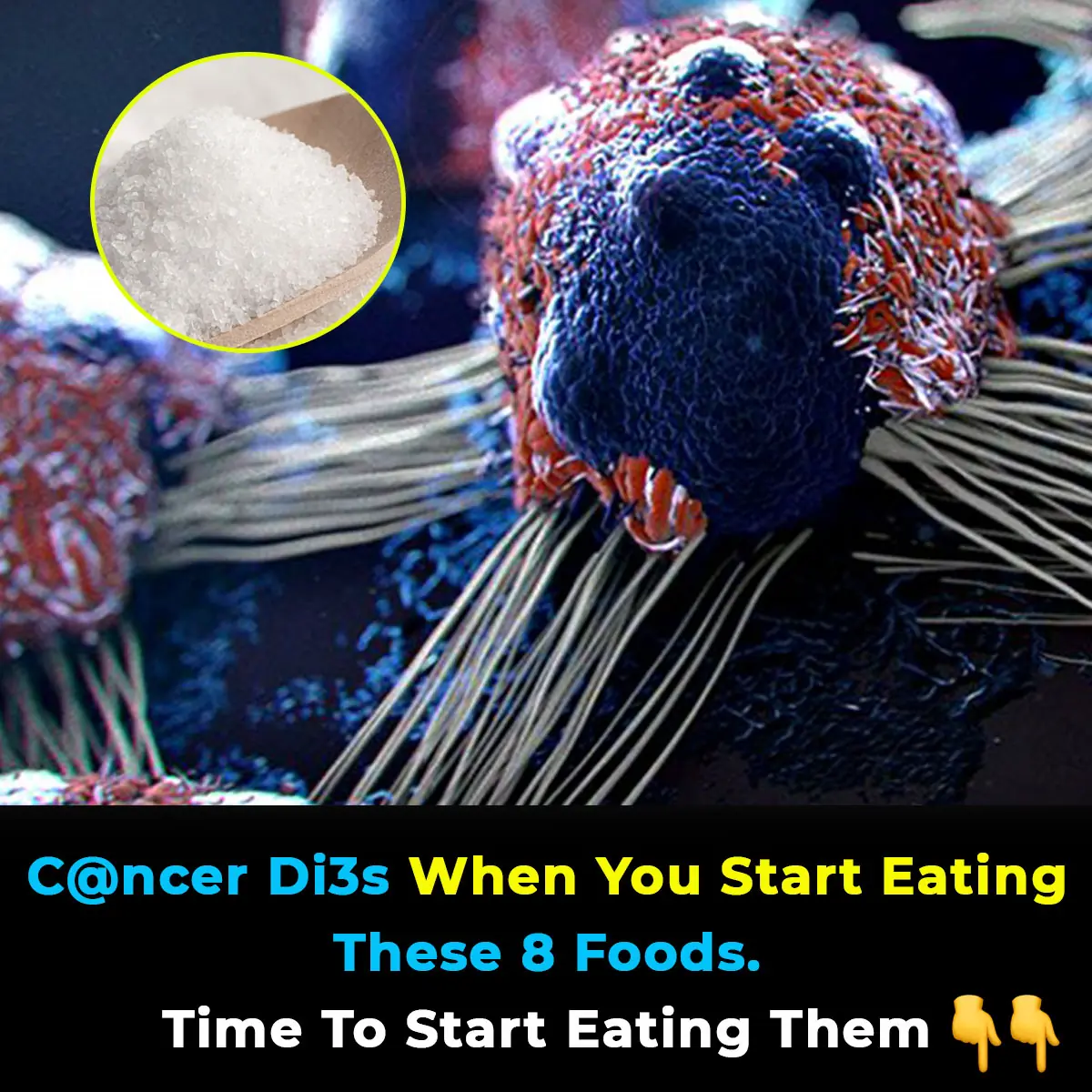
8 Foods That Help Eliminate C@ncer Cells
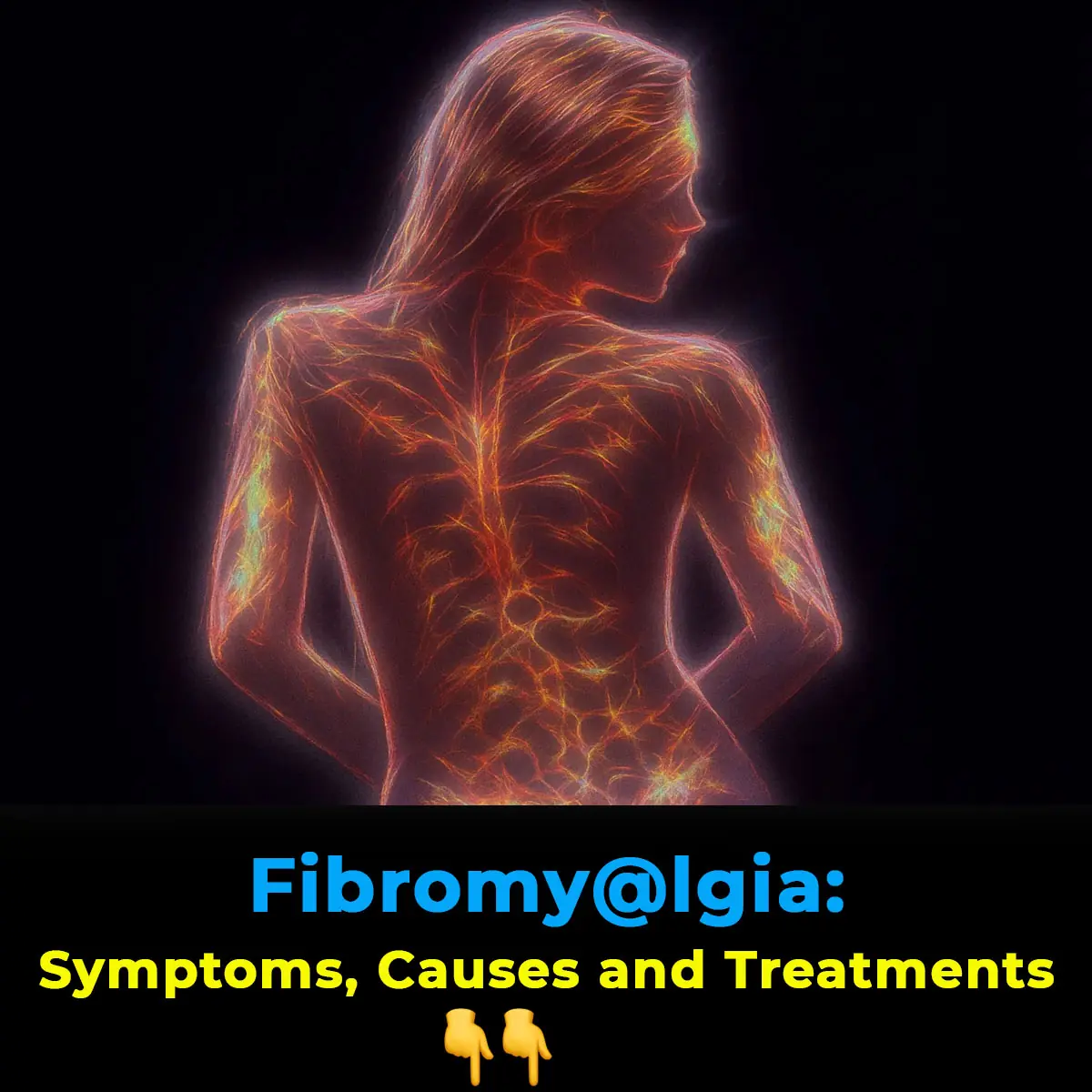
Fibromyalgia: Symptoms and 8 Natural Ways to Manage It

The Deficiency of These Vitamins Contributes to Panic Attacks
News Post

6 Powerful Teas That Will Instantly Reduce Inflammation and Boost Your Health

15 Early Warning Signs That Cancer Is Spreading In Your Body

Natural Ways to Remove Dental Plaque That Are Never Shared in Clinics

Test Your Color Vision: Can You Read These Words?

Chagas Disease and the Fight Against Nighttime Bugs

Scientists Share Breakthrough Findings From Male Birth Control Pill Trial And Explain How It Actually Works

Should You Turn Off WiFi and Bluetooth at Night?

7 Warning Signs of Lung Cancer You Shouldn’t Ignore

80% of Heart Attacks Can Be Prevented—Just Do These 5 Easy Things

Vaping Dangers: Popcorn Lung, Cancer, Hypertension, Brain Damage and More

Warning Signs of Zinc Deficiency and How to Cure It

Ginger Should Be Avoided When Taking Certain Medications or Having Certain Health Conditions

Insane amount of money viral 'Storm Area 51' stunt cost the US military

Scientists explain 'puzzling blob' heading straight for New York City that's hidden 200 kilometers below our feet

The Second Lunch: How One Quiet Act Sparked a Schoolwide Movement.

The Wild Soul Who Chose Me: A Farewell to Nawty.

My Husband Said He Was Helping His Brother Fix the Roof After Work for Two Weeks – Then I Ran Into My SIL and Heard the Shocking Truth

My New DIL Shamed My Granddaughter Over a 'Cheap' Gift – She Didn't Expect the 'Surprise' I Had in Store for Her

At Our Baby's Christening, My FIL Ran Into the Church and Screamed, 'Stop! This Is the Wrong Baby!'
